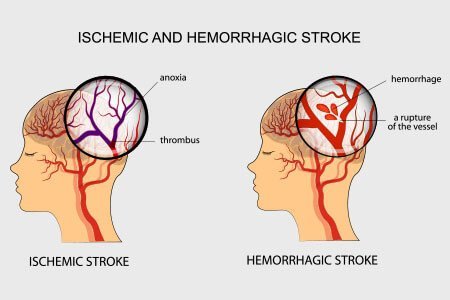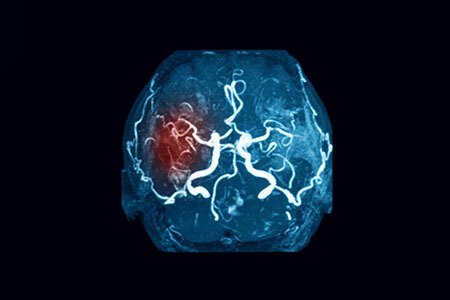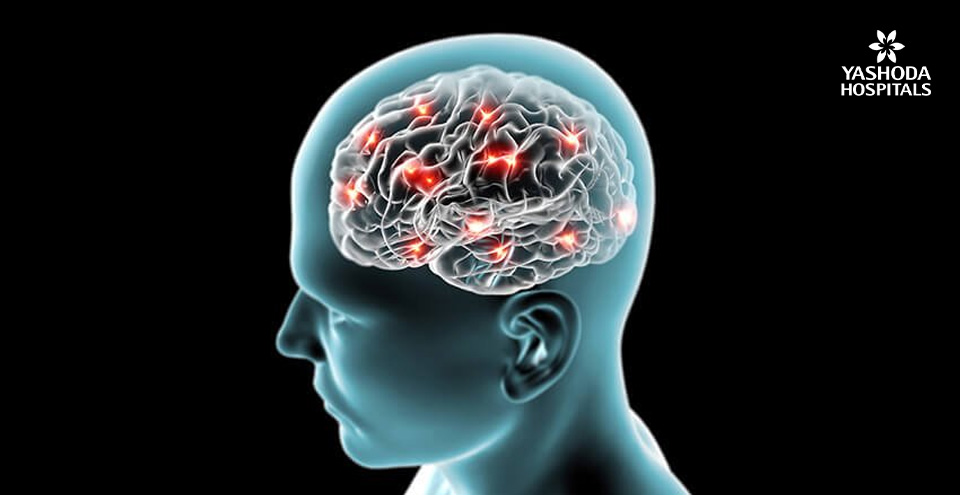Brain Stroke
Types, symptoms, complications, diagnosis and treatment

What is a brain stroke?
The human brain is a complex organ which depends on continuous blood supply. A disruption in blood-flow can cut vital oxygen and glucose to the brain and lead to brain death within a couple of minutes.
Stroke (also known as brain stroke or cerebrovascular accident) is a medical condition where the blood supply to a portion of the brain decreases or gets severely interrupted. It is a medical emergency wherein the cells of the brain start dying within minutes of being deprived of nutrients and oxygen due to the restriction of blood supply. The inability of brain cells (neurons) to regenerate results in permanent damage and irreversible consequences.








 Appointment
Appointment WhatsApp
WhatsApp Call
Call More
More

